Scientists who work in the nanotech industry have long promised better products in basic technologies and human health. While many of the applications have yet to leave the lab, nanotech is all around you.
From sunscreens to baseball bats and kitchen paint, more than 200 everyday items made a new list of nanotechnology consumer products.
The Wilson Center's Project on Emerging Nanotechnologies compiled the inventory, adopting a broad definition of nanotechnology to include manufacturing process that control matter at the nanoscale, usually considered between 1 and 100 nanometers. A human hair is about 100,000 nanometers wide.
"This means the ability to put small numbers of atom and molecules where we want them, to form materials, structures and devices that benefit from such a high level of control and precision," said Andrew Maynard, chief science advisor for the project.
The products in the database hail from 15 countries. But the search was conducted online in English, and only included products said by manufacturers to incorporate nanotechnology. Researchers expect that more nanotechnology consumer products exist, especially in countries such as Japan, China, and Korea.
Although the database demonstrates a wide array of uses for nanotechnology, only a few materials (carbon, silver and silica) were used to construct most of the products.
The inventory is organized into eight categories, including health and fitness items, home and garden, and automotive. By far, health and fitness represents the largest category, while children's goods only has three items, including the Xbox 360.
"The database is a tool for consumers and a tool for the public," research associate for the project Evan Michelson told LiveScience. "People can find products that are of interest to them."
Among the nanotechnology goods already sitting on shelves in a store near you:
iPod Nano by Apple
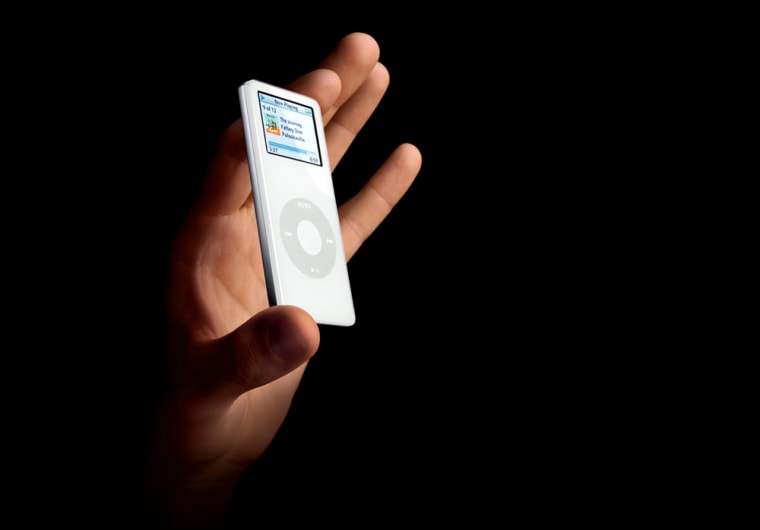
Does the slim iPod actually live up to its name? It's a bit of a stretch, but Samsung did make the NAND flash memory chip inside the iPod Nano with nanometer technology. The manufacturing technique is precise at less than 100 nanometers. The tiny chip in the $250 version can store three days of music or 25,000 photos in your back pocket.
Nitro Hockey Sticks by Montreal Sports Oy
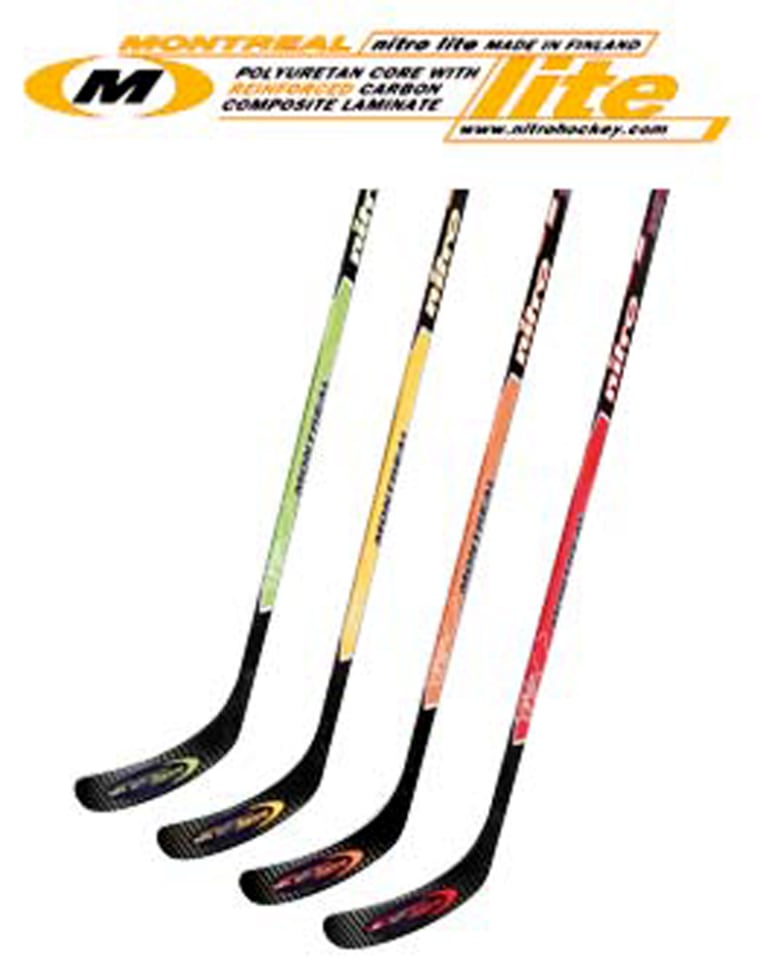
Billed as the world's toughest hockey sticks, Montreal Sports Oy makes them with carbon nano tubes. The hockey sticks prove up to 70 percent more durable than traditional composite sticks, according to the manufacturer, which could cut down on the number of sticks broken on the ice and save some money for dental work. The sticks also boast more flexibility for softer passes of the puck and speedier shots on goal.
Nanowax by Eagle One
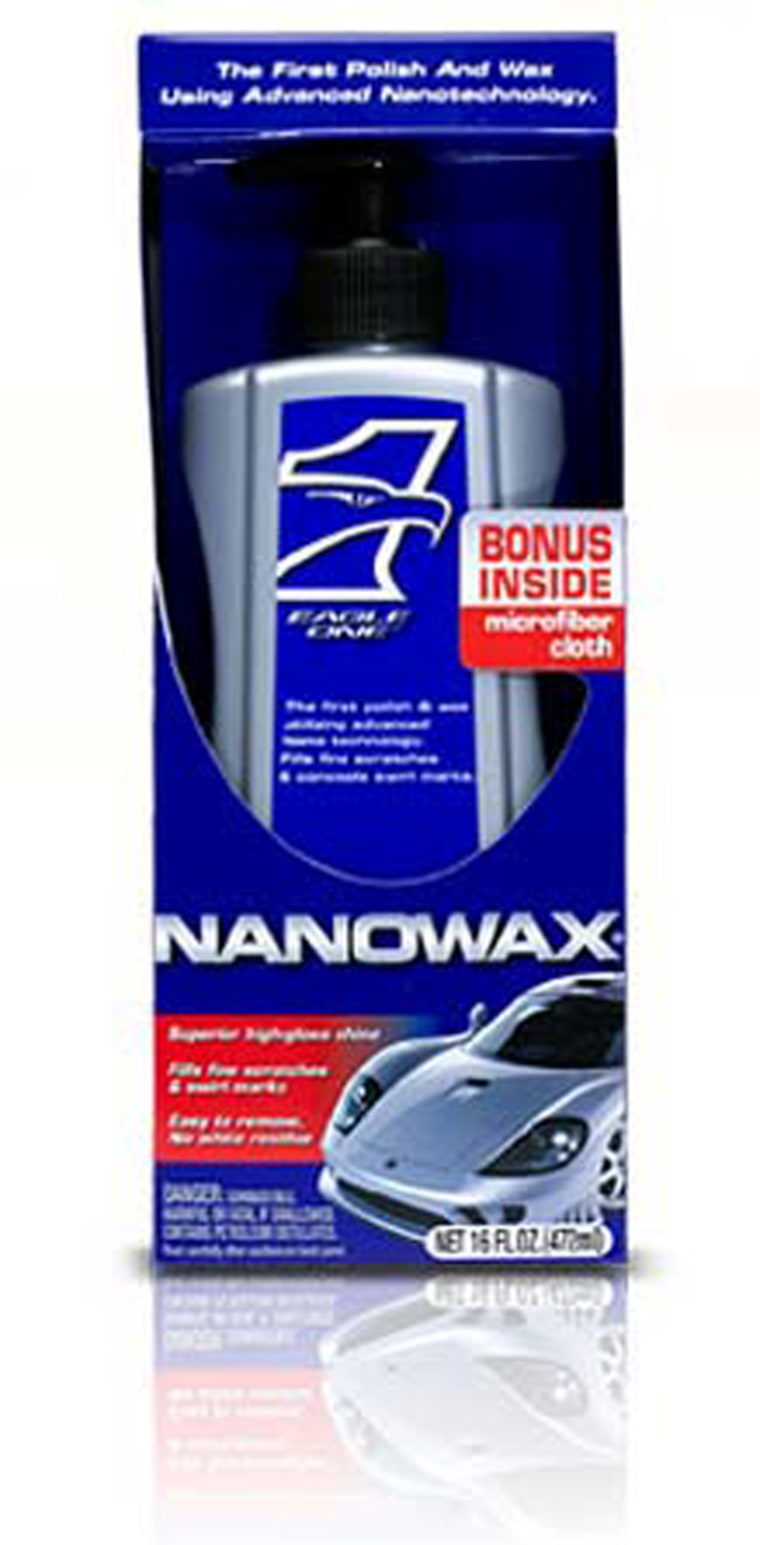
Motorheads put nanoparticles to work at the car wash. The itty bitty particles in the car wax provide better protection, surface penetration, and longer lasting results than the larger particles found in normal car wax, according to Eagle One. The smaller the particles, the more contact the wax makes with the surface of the car and the brighter the shine off a T-bird's hood.
Premium Plus Kitchen and Bath Paint by Behr Process Corporation
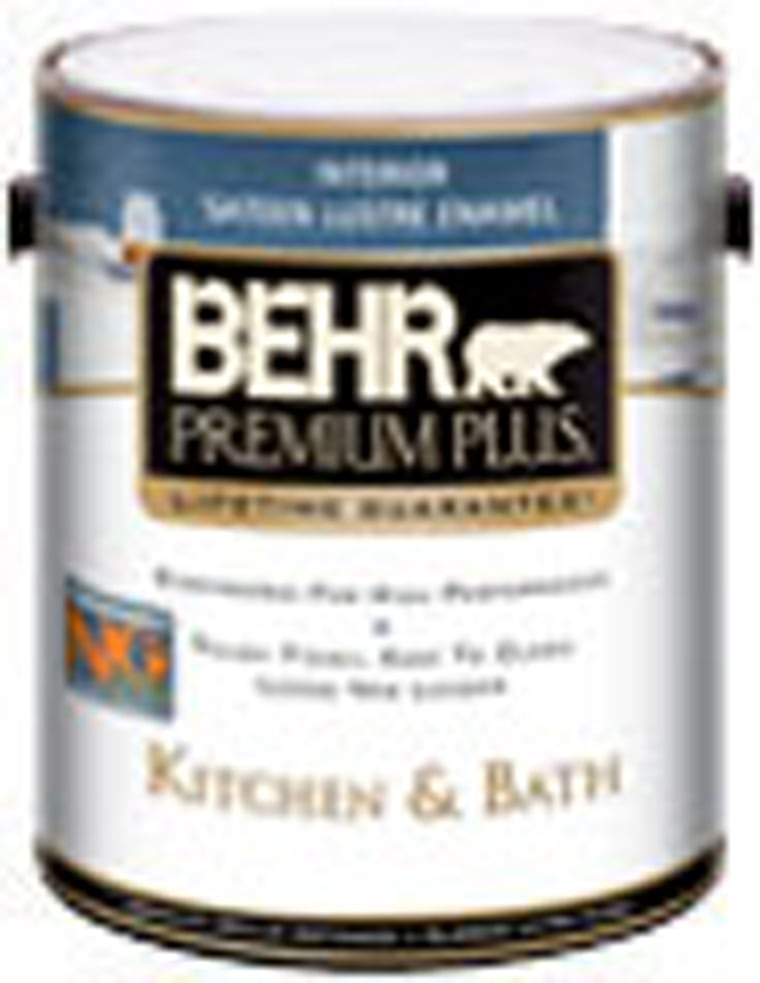
Finding the perfect paint color is a hassle. Maintaining it can frustrate the best home decorators. So Behr blended nano-sized additives in their paint to put more density into the mix. Watching the paint dry might pay off in this case. When this paint hardens, it's more resistant to nasty offenses such as mildew and grease, according to Behr.
Canola Active Oil by Shemen Industries
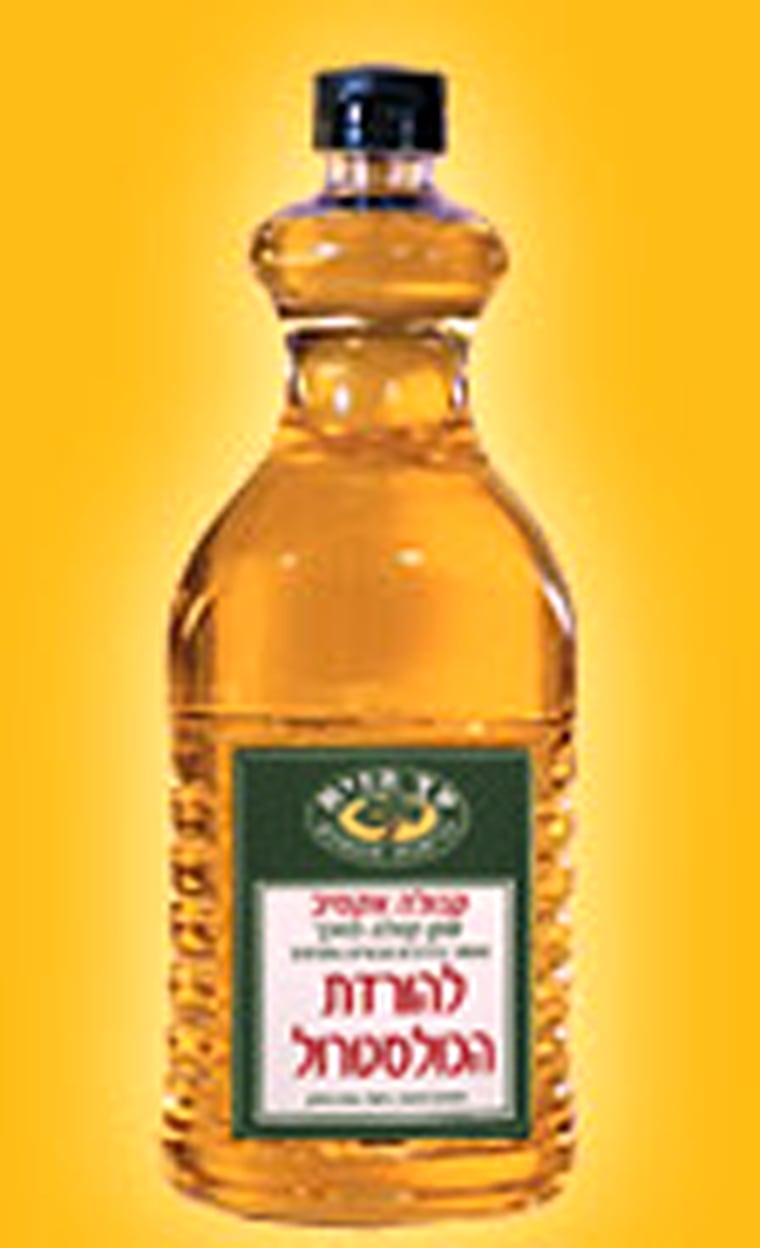
In this high-tech healthy oil, Shemen Industries added minute nanodrops to their recipe. The nanodrops carry vitamins and minerals that are otherwise insoluble in water or fats. They safely deliver the healthy additives through the digestive system without breaking, to a place in the body where they can be properly absorbed.
Timberledge Pants by L.L. Bean
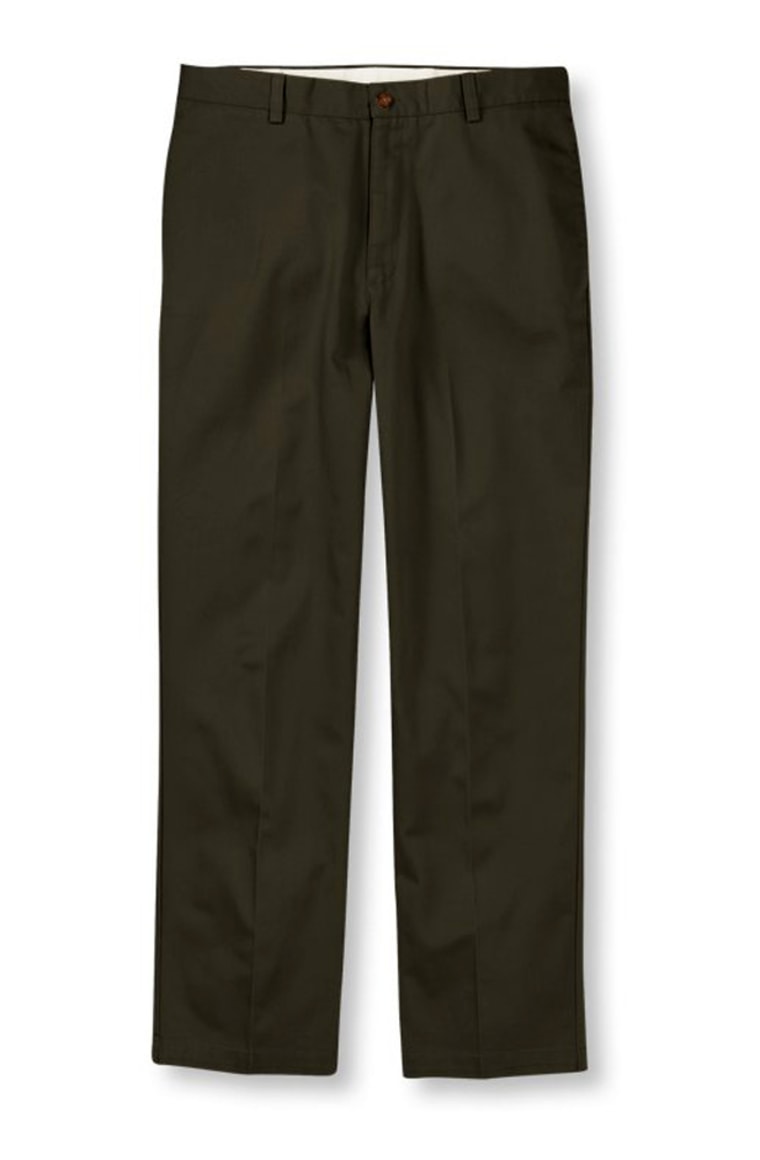
Nanotechnology could even be in your pants. A company called Nano-Tex makes fabrics with "molecular hooks" that repel stains, supress wrinkles, and wick moisture. In this case, the nanotechnology provides a hook to pull dampness away from body onto the surface of the fabric where it supposedly evaporates quickly.
The entire list is here.